Which Used M3 Should You Buy? E36 vs. E46 vs. E92
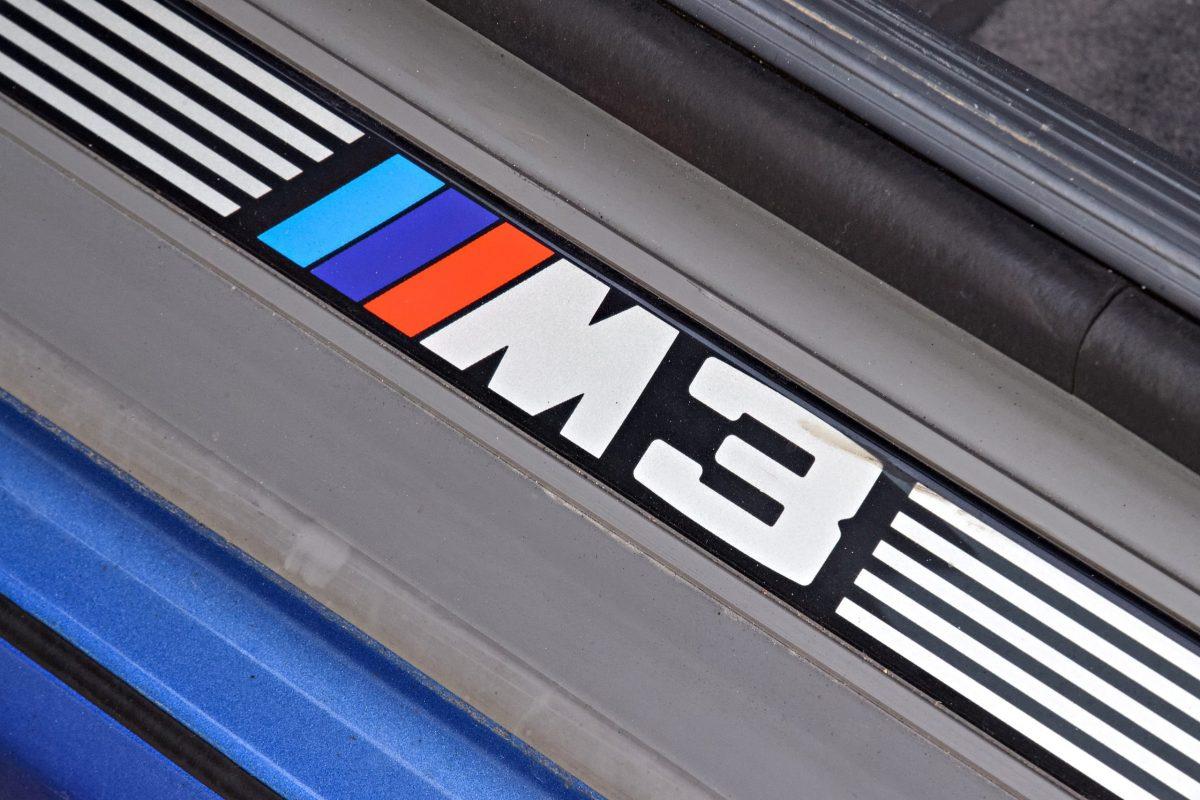
Introduction
As serious car enthusiasts, even we here at Klipnik are sometimes surprised by the skyrocketing values of certain models. For years these cars and trucks remain affordable to non-wealthy enthusiasts, then, seemingly as if a switch is flipped, they become the flavor of the month, and their values go stratospheric. Case in point is BMW’s E30 M3, whose values headed for the moon a few years ago. Indeed, top examples of these have become valued up to $70,000 and more.
Granted, they are certainly desirable cars with their unique, racing-derived, and high-powered (for the time) inline-four, firm sport suspension, serious sport seats, and radical body modifications. And they also have the added cachet of being a model built and sold to be homologated for racing. We know, we know — it’s all about supply and demand as well as what the market will bear.
Great cars, those early M3s, but there are much more affordable and better-performing alternatives to be found right within the M3’s own family tree. We’re talking about, and presenting for your consideration here, the three generations that came after that first M3 which offer much better performance at a much more approachable purchase price.
M3 Generations
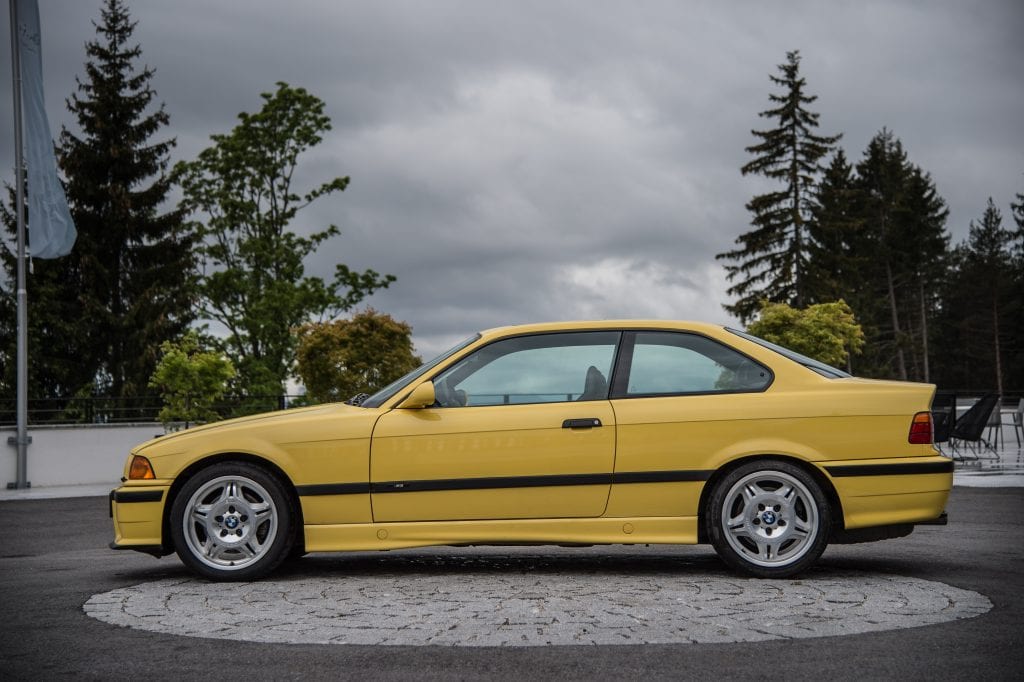
E36 (1995-1999)
Introduced for model year 1995 and available not just in coupe (as in the E30 M3) but also sedan and convertible body styles, the E36 M3 now offered droptop fans and those who needed four doors admission into the highly entertaining M3 club.
The E36 M3 was improved in most every measurable way compared to its vaunted precursor. In place of the peaky four was a 3.0-liter inline six with a much broader power band. Rated at a stout 240 horsepower (versus the M3’s 192), the six shooter provided notably stronger acceleration and passing power. For 1996, the engine grew to 3.2 liters, with horsepower remaining the same and torque being bumped up 11 lb-ft. Transmissions choices were a five-speed manual or a five-speed automatic.
With 0-60 and quarter mile times of around 5.6 seconds and 14.3 seconds, respectively, an E36 M3 will blow the doors off its elder brother, which is over a second slower for those same sprints. And being a BMW M variant, it’s fast on curvy roads too, thanks to its buttoned-down suspension, strong brakes, and communicative steering.
Although not nearly as distinctive from a standard 3 Series as its forebear, the E36 M3, to our eyes, is a more cohesive and handsome car than the boxy E30. Whereas the E30 had unique body mods — some tasteful (boxed fender flares), some not (tacked-on C pillars and trunk lid for improved aero) — the E36 got by with sculpted rocker panels and a discreet “M3” badge in the bodyside molding. Inside, the E36 M3 featured, as with its predecessor, full-on sport seats with aggressive side bolsters.
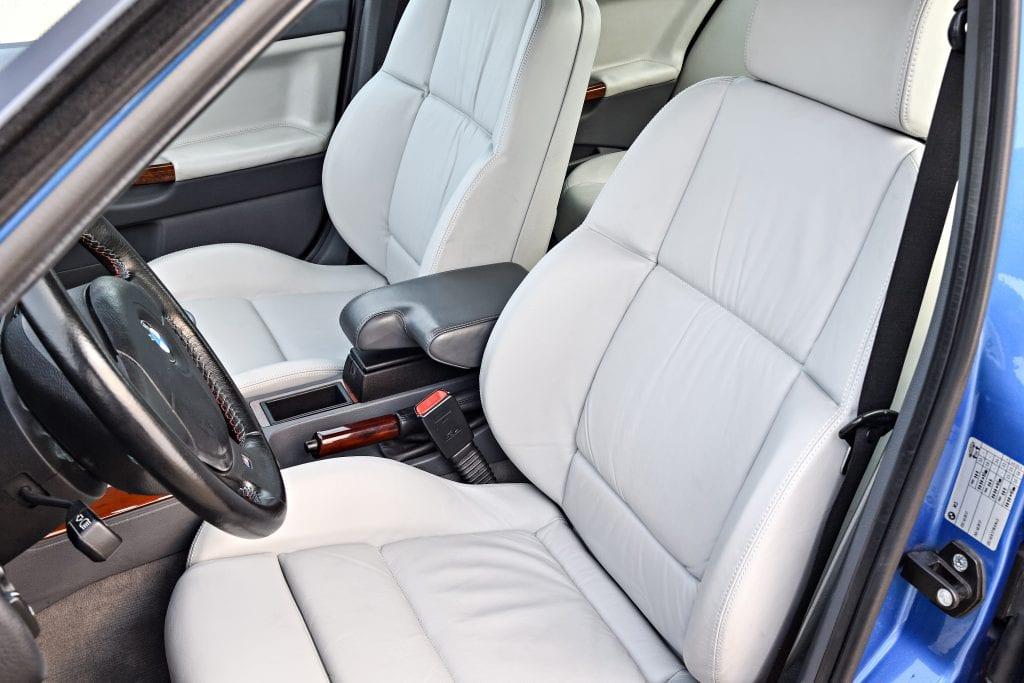
Though these are for the most part stout cars mechanically, there are a few potential trouble spots you’ll want to look for. The “VANOS” variable valve timing system can suffer from worn seals and/or rattling, while oil consumption is also a known issue. Various engine/suspension mounts and bushings, which degrade with time and as the miles pile up, should be examined as well. Inside, squeaks and rattles may be present.
That said, there is plenty of information in the BMW M3 forums that offers advice on these known weak areas. Also, as these are older cars, chances are good that if you find a nice, well-kept example it will have already had these potential issues addressed. As with any older and/or complex car with potentially high repair costs, we strongly recommend a pre-purchase inspection (“PPI”) by a reputable mechanic.
Although the secret is out and E36 prices are on the rise, they are still great values. As of this writing, we found a handful of very nice, well-sorted examples with mileage in the 50-60k range for around $15,000 – $20,000.
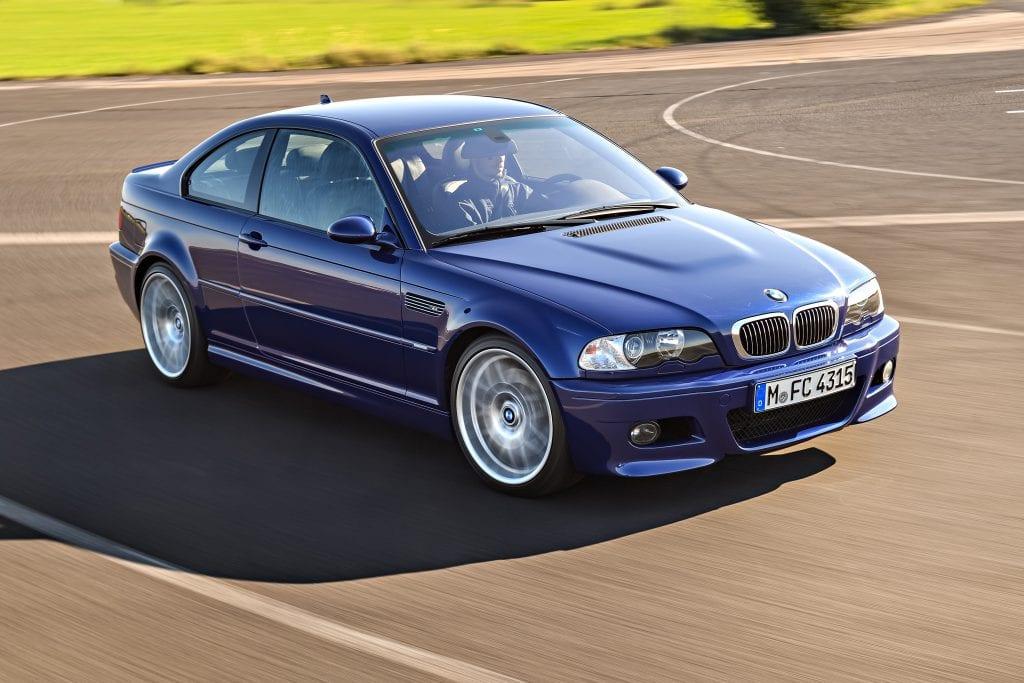
E46 (2001-2006)
Continuing the M3’s rise in power and performance, the E46 generation’s 3.2-liter inline six saw improvements that boosted output to 333 horsepower. Back then, that was V8-like power coming from a naturally aspirated six. Once again one could choose either a traditional manual or an automatic transmission; in this case the former being a six-speed unit and the latter (dubbed “SMG” for Sequential Manual Gearbox) also having six speeds. The SMG was actually an automated-clutch manual gearbox that could also function as an automatic. The E46 M3 could be had as either a coupe or convertible; unlike its predecessor, no sedan was offered.
While the stealthy E36 M3 was barely discernable from an entry-level 3 Series, the E46 M3 made its presence known with a handful of tasteful design elements that declared its standing as the top dog in the 3 Series kennel. Chrome-accented front fender vents, a deeper, more aggressive front fascia, a subtle hood bulge, aggressively flared wheel wells, 18-inch double spoke wheels, and quad exhaust outlets are the most obvious clues. Inside, the tried-and-true formula of serious and multi-adjustable sport seats and a thick-rimmed sport steering wheel provided the perfect driving environment.

As expected, an E46 M3 is a blast to drive with its very spirited acceleration, glued to the road handling and telepathic steering. The lone disappointment is the somewhat tinny exhaust note. Performance numbers were stunning with a three-pedal coupe running the 0-60 and quarter mile dashes in a sizzling 4.6 and 13.2 seconds, respectively. Handling chops uphold the model’s reputation for being a fine four-wheeled athlete.
We strongly recommend going with the traditional manual transmission and avoiding the “SMG” for a couple of reasons. First, a traditional manual in a performance car is more involving and fun. Second, the SMG is known to be somewhat clunky in operation — and, more notably, trouble prone and expensive to fix.
Speaking of weak points, other things to look for when checking out an E46 M3 are the rear subframe mounting points, as they can crack and even separate. The best approach is to either find a car where those are in good shape and then install a reinforcement kit for added peace of mind or find a car that has had the reinforcements already installed. Also note that 2001-2003 M3s had a recall involving the engine’s connecting rod bearings. As such, you’ll want to confirm that the recall was tended to. Again, we can’t overstate the importance of having a thorough PPI done before you buy.
Despite representing a serious step-up from an E36 M3, an E46 M3 isn’t a huge step up in purchase price. We’ve seen pricing for nice E46 M3 coupes and convertibles with mileage in the 60k range running around $22,000 – $25,000.

E9x (2008-2013)
Marking the M3’s graduation from six- to eight-cylinder power, the E9x was available in coupe, convertible (retractable hardtop), and sedan body styles. Unlike previous generations of the 3 Series, which had a single internal code (e.g. “E36”) for all body styles, the E9x generation assigned different internal codes to the various body styles: “E92” for coupes, “E93 for convertibles, and “E90” for the sedans.
Back to that V8. Under this M3’s bulging hood a 4.0-liter V8, fitted with the latest technology BMW had (including double VANOS) produced a potent 414 hp. A six-speed manual or a seven-speed automated dual-clutch manual transmission (“DCT”) sent the power to the rear wheels. Although this generation was bigger and heavier than the previous M3, that was no concern as the E9x M3 could jet to 60 in just 4.2 seconds and rip down the quarter-mile in 12.6 seconds.
With a stiffer structure than the previous M3 as well as a taut suspension and fatter tires, the E9x could also unravel a twisty road with the best of them. It is more of a comfortable GT than its more raw-edged precursors, trading some engagement for comfort, which may be a plus or minus, depending on what you want in your M3. One area where the E9x soundly disses its older brothers is its soundtrack. It belts out a powerful vocal performance that its six cylinder siblings can’t match. But then again, a V8 will do that.
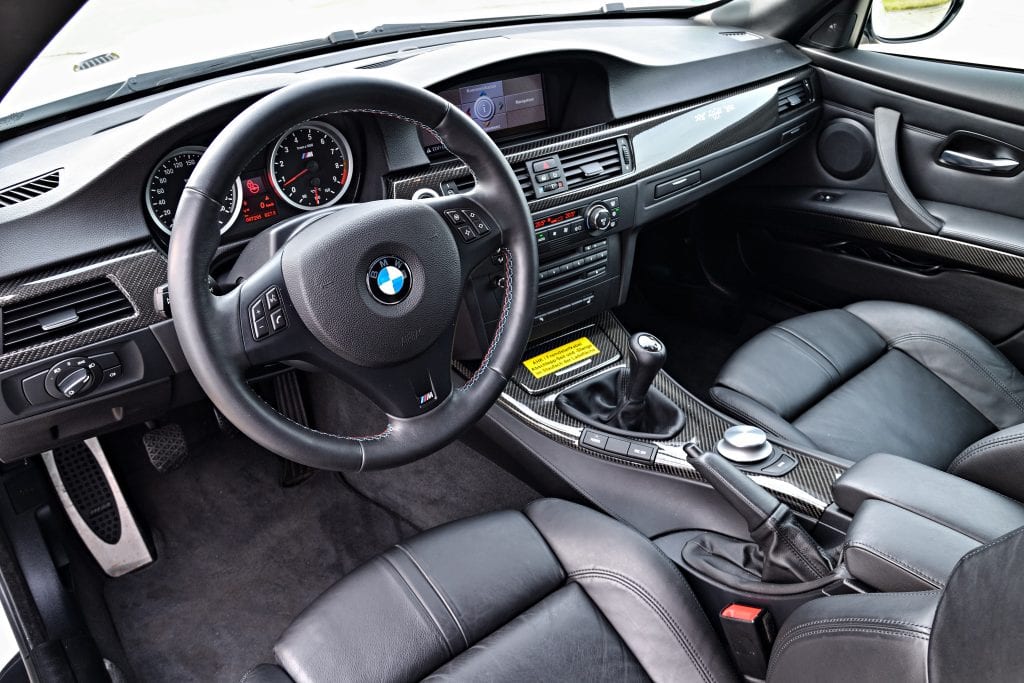
As with the other M3s, the E9x version has some areas of concern. According to the enthusiast forums, the rod bearings are a weak point and can lead to catastrophic engine failure if they’re not updated. Unlike the E46, there was no recall for this potential issue, but given the age of even the newest E9x, it’s typically been addressed in most examples. Still, note that the forums advise replacing the rod bearings every 60k miles, and the cost for parts and labor is around $2,500. Other things to look into include the throttle body actuators, the idle control valve, and the oil leaks around the valve cover gasket.
Even though the automated clutch manual transmission in this generation was of an improved dual-clutch design that hasn’t proved as troublesome as the older, single-clutch SMG, we’d still lean towards getting a three-pedal E9x. The reasons for this are that the enthusiast forums have mixed reviews on the DCT’s reliability and operation (sometimes herky-jerky at low speeds) and again that we just love the added involvement that a row-your-own gearbox provides.
As with the other M3s, a thorough PPI is a must with the E9x M3. Provided the few (but significant) concerns have been addressed and the car has a clean bill of health, there is a lot of bang for the buck here. Pricing for a pristine, lower-mileage (around 40k miles) example with the 6-speed manual runs around $30,000.
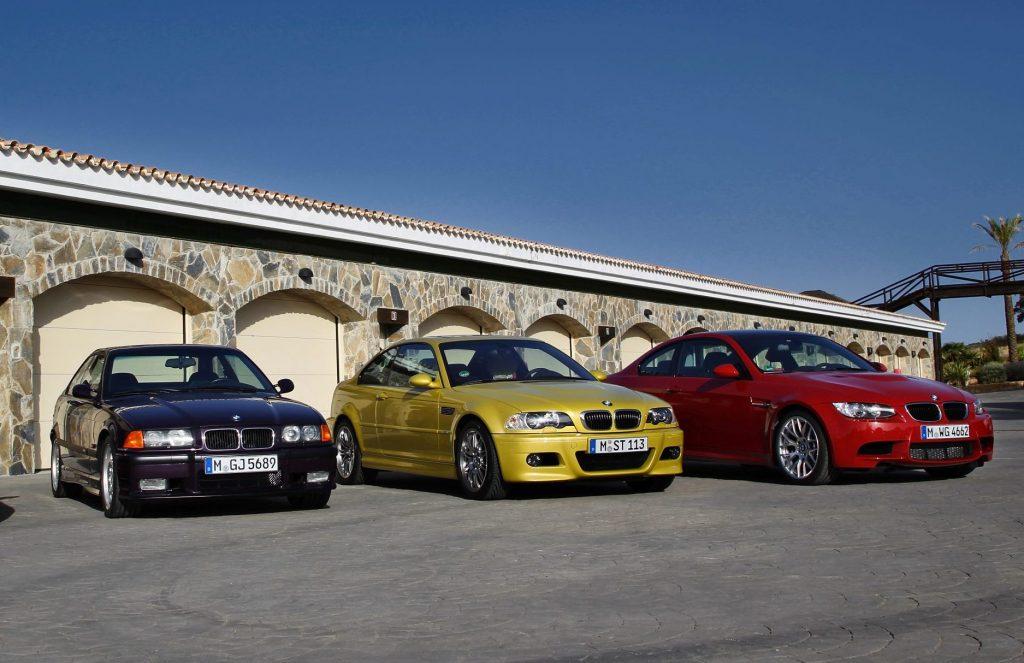
Buying Tips
As all these M3s were produced in relatively large numbers, finding a nice, well-kept example should not be too difficult. Still, these are older cars, especially the E36, so finding one with lower mileage may take some patience. Also, if you’re not sure which M3 version is best for you, we suggest finding a good example of each generation for sale and driving them within the same day or within a few days of each other so that your impressions of each generation are crystal clear. Note that we didn’t include special limited editions (such as the E36 “Lightweight”) here as they tend to be much more expensive and thus counter to our focus on more affordable cars.
As we’ve emphasized, finding a car that’s had proper maintenance (with the service records to back it up) is paramount, as is a PPI even for a car with that desirable paperwork. Remember, a “bargain” with deferred maintenance or notable problems is no bargain at all. Buy the nicest one you can afford. With the purchase prices being so reasonable for such fantastic performance cars, you likely won’t mind setting aside maybe $150 a month into a maintenance/repair fund for your chosen M3. Do your homework, snag a good one, maintain it properly, and you’ll be hard pressed to get more smiles per mile.
Photos courtesy of BMW